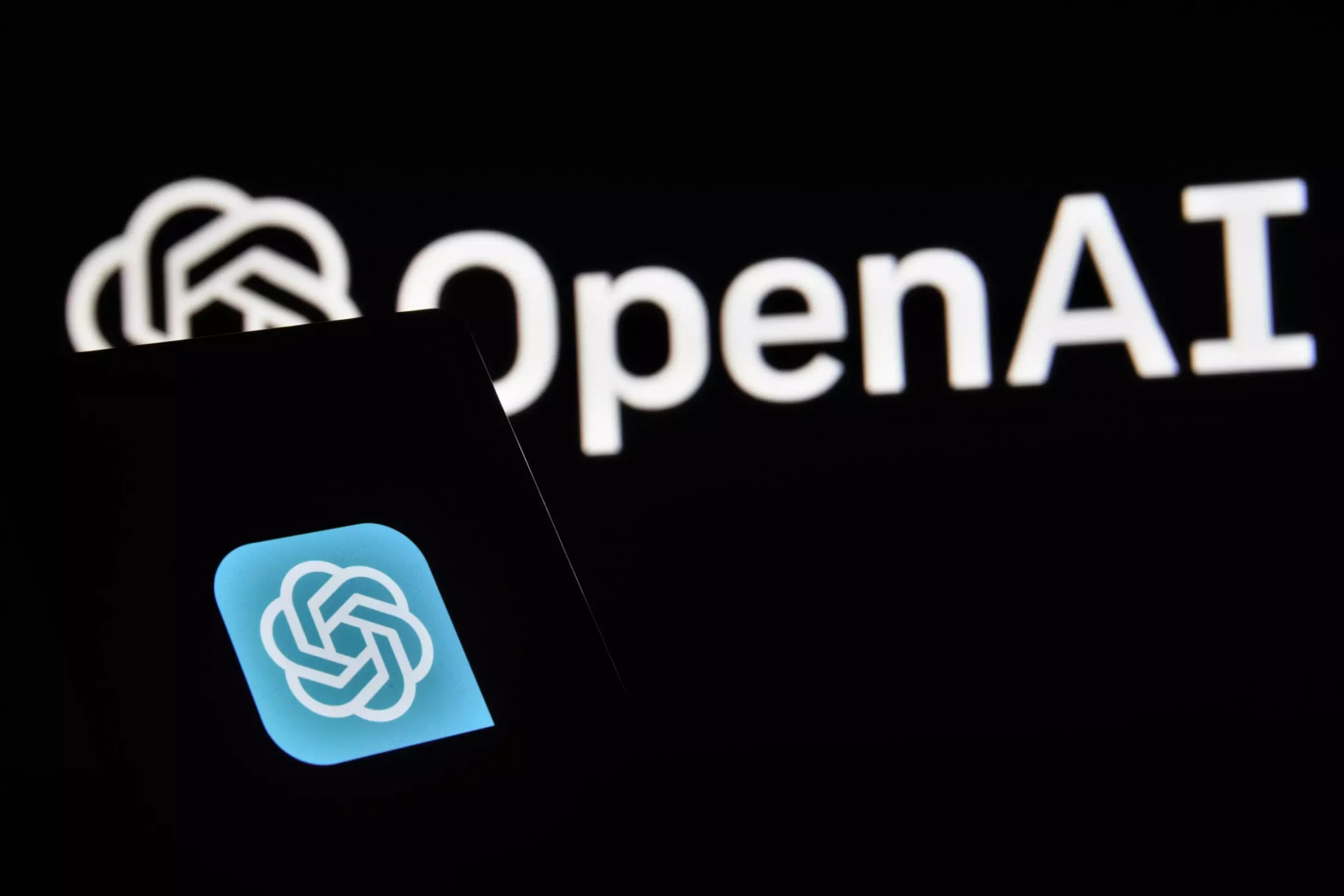Artificial intelligence (AI) has captivated the world, offering both remarkable potential and grave concerns. As AI technology evolves, its implications stretch far beyond mere algorithms and data, influencing critical sectors like retail, healthcare, and education. While the promise of enhanced efficiency and productivity beckons, the darker shadows of privacy invasions, misinformation, and job displacement loom large. As the debate heats up around the need for regulations specific to AI, a nuanced examination of the existing legal frameworks may provide a more viable path forward than unearthing new, AI-centric laws.
The advancements in artificial intelligence signal a transformative shift in how tasks are accomplished. By harnessing previously underutilized data, AI systems can streamline processes, elevate service delivery, and potentially boost wages. The efficacy of AI comes with its own set of growing challenges, however. Issues such as the emergence of deepfakes, algorithmic biases, and potential infringements on intellectual property rights highlight the perils that accompany this technological revolution.
The rapid pace at which AI technologies evolve amplifies the urgency of addressing these concerns. Recent innovations, such as those demonstrated by OpenAI, showcase AI’s ability to reason and perform intricate calculations. Yet, beneath this promising exterior lies the pressing question: are we equipped to handle the consequences of such powerful technologies? The distinction between leveraging the benefits of AI and mitigating its threats demands careful consideration.
While discussions around the need for AI-specific regulations are underway, particularly within governmental committees assessing AI’s impact, one must ask whether new legal frameworks are genuinely necessary. Existing laws already provide a base for consumer protection, privacy, and anti-discrimination. The real challenge isn’t the absence of regulations but rather the adaptation of current legislation to ensure they encompass the complexities introduced by AI.
Existing regulatory bodies in Australia—such as the Competition and Consumer Commission and the Australian Securities and Investments Commission—possess a solid grounding in overseeing technology’s interplay with market dynamics and consumer rights. Instead of treading a novel path fraught with potential missteps, the focus should be on enhancing these existing regulations to adequately address AI-related challenges while preserving the principles of consumer protection and fair competition.
A key facet of instilling public confidence in AI technologies lies in a transparent regulatory environment. By clearly identifying which aspects of AI fall under current regulatory frameworks, agencies can articulate how existing laws apply, thereby elucidating ambiguities surrounding technology deployment. Such clarity will not only cultivate public trust but also offer businesses a clear understanding of their obligations, fostering a cooperative atmosphere between regulators and industry stakeholders.
It’s crucial that discussions on AI regulations embrace a technology-neutral stance wherever possible. Laws tailored exclusively for specific technologies risk soon becoming outdated due to the rapid technological advancements that characterize AI. This approach encourages adaptive governance rather than rigid compliance structures that can stifle innovation.
As Australia assesses its position in the global AI landscape, an essential aspect of regulatory development is recognizing the significance of international standards. Countries like those within the European Union have taken early strides in building comprehensive AI regulations, setting precedents that could influence global best practices. Australia should ideally align its regulatory aspirations with these existing efforts instead of developing standalone guidelines that risk pushing innovation away.
Incorporating and adapting successful international regulations allows Australia to safeguard its interests while opening its doors to meaningful AI development. By playing a collaborative role in the international dialogue on AI standards, Australia can leverage the insights of other jurisdictions, ensuring that its own regulatory framework is relevant, timely, and conducive to innovation.
As AI continues to shape our future, the balance between harnessing its potential and safeguarding society becomes increasingly complex. The existing regulatory frameworks present an opportunity for a measured response to the challenges posed by AI. Instead of hastily drafting new AI-specific laws, a more effective approach lies in refining, extending, or clarifying current regulations to address the nuances of AI technology.
This reflective attitude toward regulation is vital for building a robust foundation for future technological advancements while ensuring stakeholders can navigate these changes safely and effectively. Ultimately, the objective should be to maximize the benefits of AI while laying down effective safety nets to counteract its risks, crafting an environment where innovation can thrive in tandem with protection.


Leave a Reply